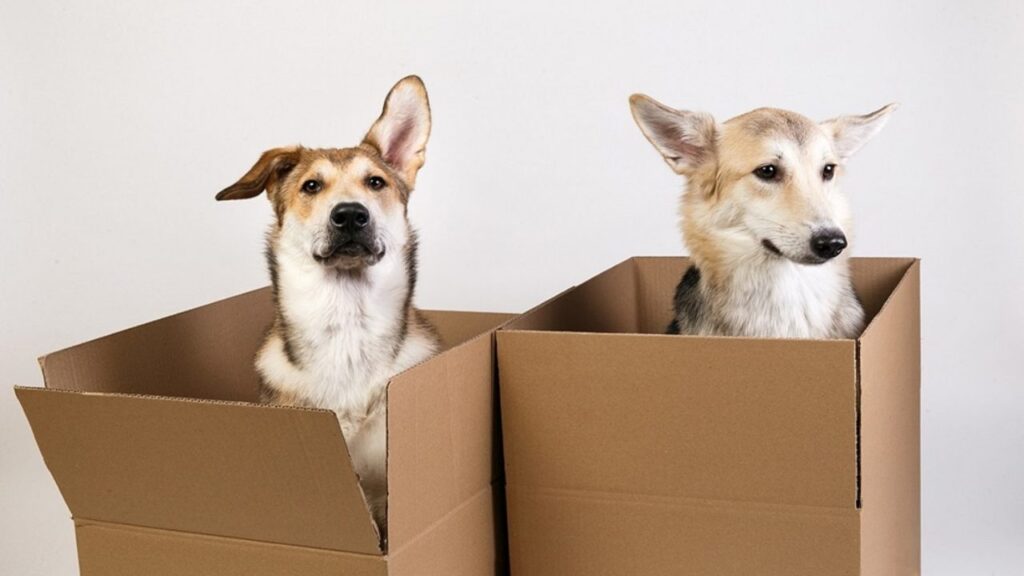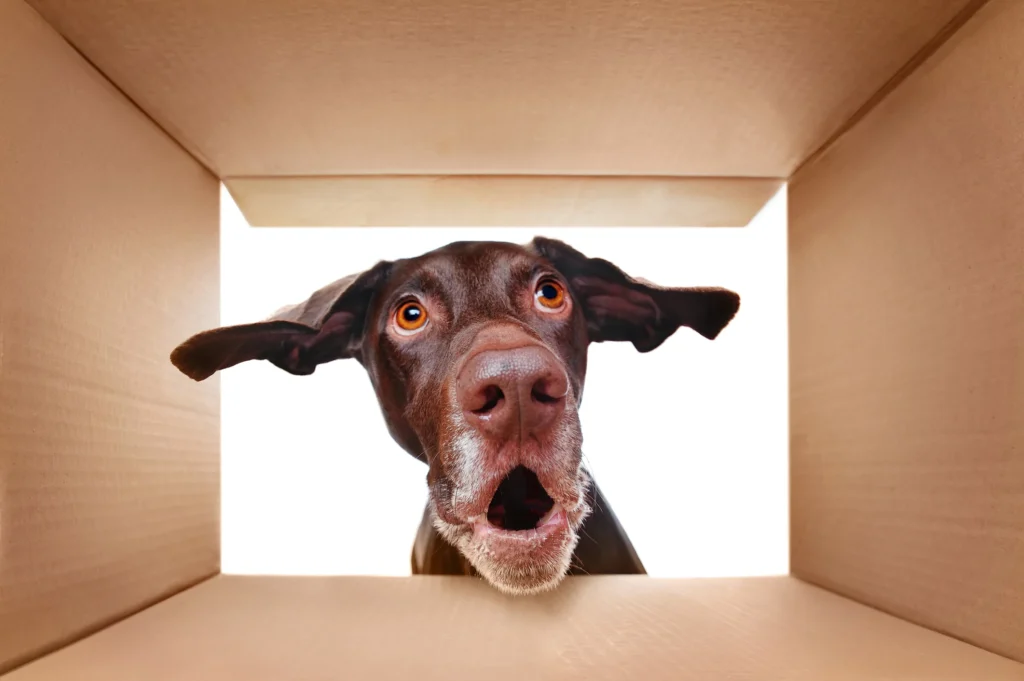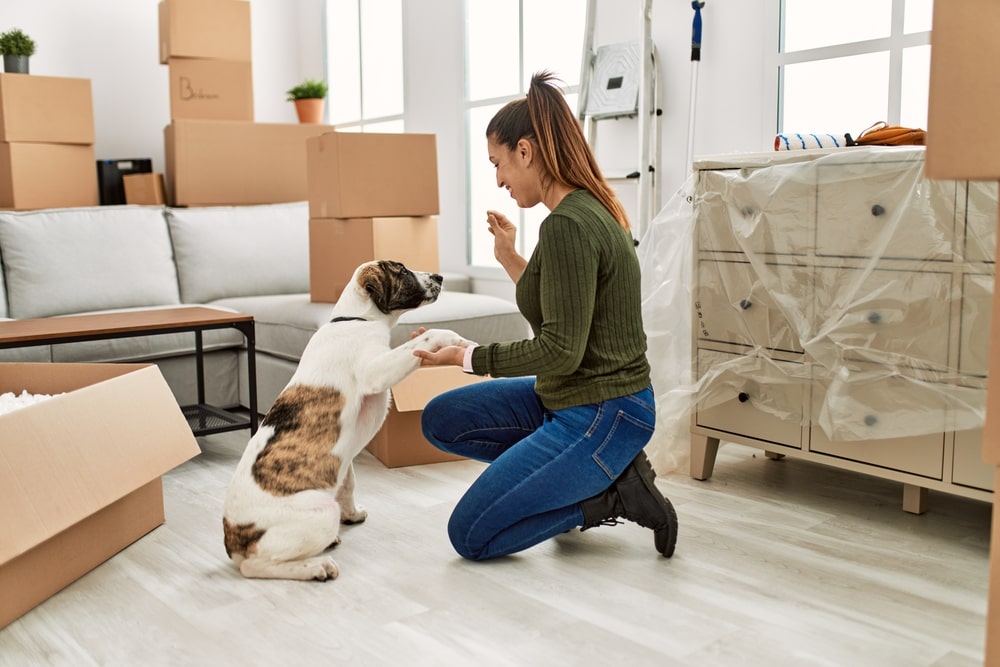Moving is stressful. Period. But when you add a dog into the mix? Well, let’s just say things can get real chaotic, real fast.
I learned this firsthand when I moved with my Golden Retriever, Toby. What I thought would be an exciting fresh start turned into a week-long episode of “Toby vs. The Unknown”. He refused to eat, paced around like a security guard on high alert, and, at one point, dramatically whined at the front door as if he was plotting his escape.
Sound familiar? If you’re gearing up for a move with your dog, don’t worry—I’ve got you covered. Here’s everything I wish I had known before relocating with a furry, emotionally unstable roommate.

1. Before the Move: Lay the Groundwork
Dogs aren’t fans of surprises. (Unless it’s a surprise treat—then all bets are off.)
Visit the New Home in Advance (If Possible)
If your new place isn’t too far, take your dog there ahead of time. Let them sniff around, mark their territory (hopefully outside), and get used to the smells and sounds.
I did this with Toby by walking him around the neighborhood a couple of times before we officially moved. It helped because, on moving day, he wasn’t completely freaked out by the new surroundings.

Keep the Routine as Normal as Possible
Dogs thrive on consistency. Try to keep feeding times, walks, and play sessions on schedule—even if you’re drowning in moving boxes.
Pack Gradually
Ever noticed how dogs get super suspicious when you pull out a suitcase? Now imagine your whole house being packed up overnight. That’s nightmare fuel for them.
To avoid stress, pack gradually over a few weeks. Keep their favorite bed, toys, and food bowls out until the last minute.
Update ID Tags and Microchip Info
New house = new address. Make sure your dog’s ID tag and microchip details are updated before moving day. The last thing you want is an escape attempt in an unfamiliar neighborhood with outdated contact info.

2. Moving Day: Minimize the Chaos
On moving day, there will be doors swinging open, heavy furniture being moved, and a general sense of “WHAT IS HAPPENING?”
Option 1: Arrange a Pet Sitter
If possible, have a friend or pet sitter watch your dog during the chaos. Out of sight, out of stress.
Option 2: Create a Safe Space
If your dog has to stay with you, set up a quiet room with their bed, water, and some treats. This helps them feel secure while movers turn your home into a cardboard jungle.
Pack a Doggy Essentials Bag
Treat this like a diaper bag for your dog. Pack:
- Food and water
- Favorite toy
- Leash and poop bags
- Medications
- Blanket or bed (something that smells like home)
Having these on hand prevents last-minute panicking when your dog starts looking at you like, “Uh, did you forget my dinner?”

3. Arriving at the New Home: First Impressions Matter
Let Your Dog Explore—But in Stages
Dumping your dog in the middle of a completely new environment can be overwhelming. Instead, introduce them to one area at a time.
I started with Toby’s designated “safe zone” (his bed, toys, and water bowl all set up) before gradually letting him explore the rest of the house.
Use Familiar Items
Smells = comfort. Bring unwashed blankets, beds, or anything that smells like your previous home. This helps ease their anxiety in the new space.
Walk Them Around the Neighborhood ASAP
Dogs rely on scent to map out their world. A walk around the new block helps them get comfortable with their new turf and reassures them that, yes, they still have a life beyond this new house.

4. The First Week: Establish Normalcy
Stick to the Old Routine
Feeding time? The same. Walks? The same. Bedtime? The same. The more consistency, the better.
Extra Attention & Reassurance
Moving is an adjustment for everyone, including your dog. Spend extra time playing, petting, and talking to them. (Yes, talking. Don’t pretend like you don’t have full conversations with your dog.)
Watch for Signs of Stress
Dogs express anxiety in different ways. Watch out for:
- Loss of appetite
- Excessive panting or drooling
- Pacing or whining
- Accidents in the house (even if they’re potty trained)
If symptoms persist beyond a week, consult your vet.

5. Meeting the Neighbors (and Their Pets)
Toby, being the social butterfly that he is, wanted to be best friends with every new dog in the neighborhood. Your dog, however, might need more time.
Introduce Neighbor Dogs Gradually
Start with leashed greetings in neutral areas. Avoid rushing into off-leash playdates until you know how your dog reacts.
Reinforce Positive Encounters
Lots of praise and treats for calm behavior. If your dog seems nervous, don’t force interactions.

6. Final Checklist: Long-Term Comfort & Safety
- Dog-proof the house – Check for toxic plants, secure fences, and hide any tempting chewable items.
- Find a new vet – If you’ve moved far from your old one, research local veterinarians before an emergency happens.
- Locate pet-friendly places – Nearby parks, trails, or dog-friendly cafes can help your pup feel at home faster.

Final Thoughts: Patience is Key
Moving with a dog isn’t just about getting them from Point A to Point B. It’s about making sure they feel safe, comfortable, and at home in their new space.
For Toby, it took about a week before he stopped acting like I had ruined his life. After that, he owned the place—lounging on every couch, staking claim to the backyard, and making new neighborhood friends.
So, if your dog is taking longer to adjust, be patient. Give them love, stability, and lots of treats. Before you know it, they’ll be ruling the new house like they’ve lived there forever.
Have you ever moved with your dog? How did they handle it? Drop your story in the comments—I’d love to hear how your pup adjusted!

